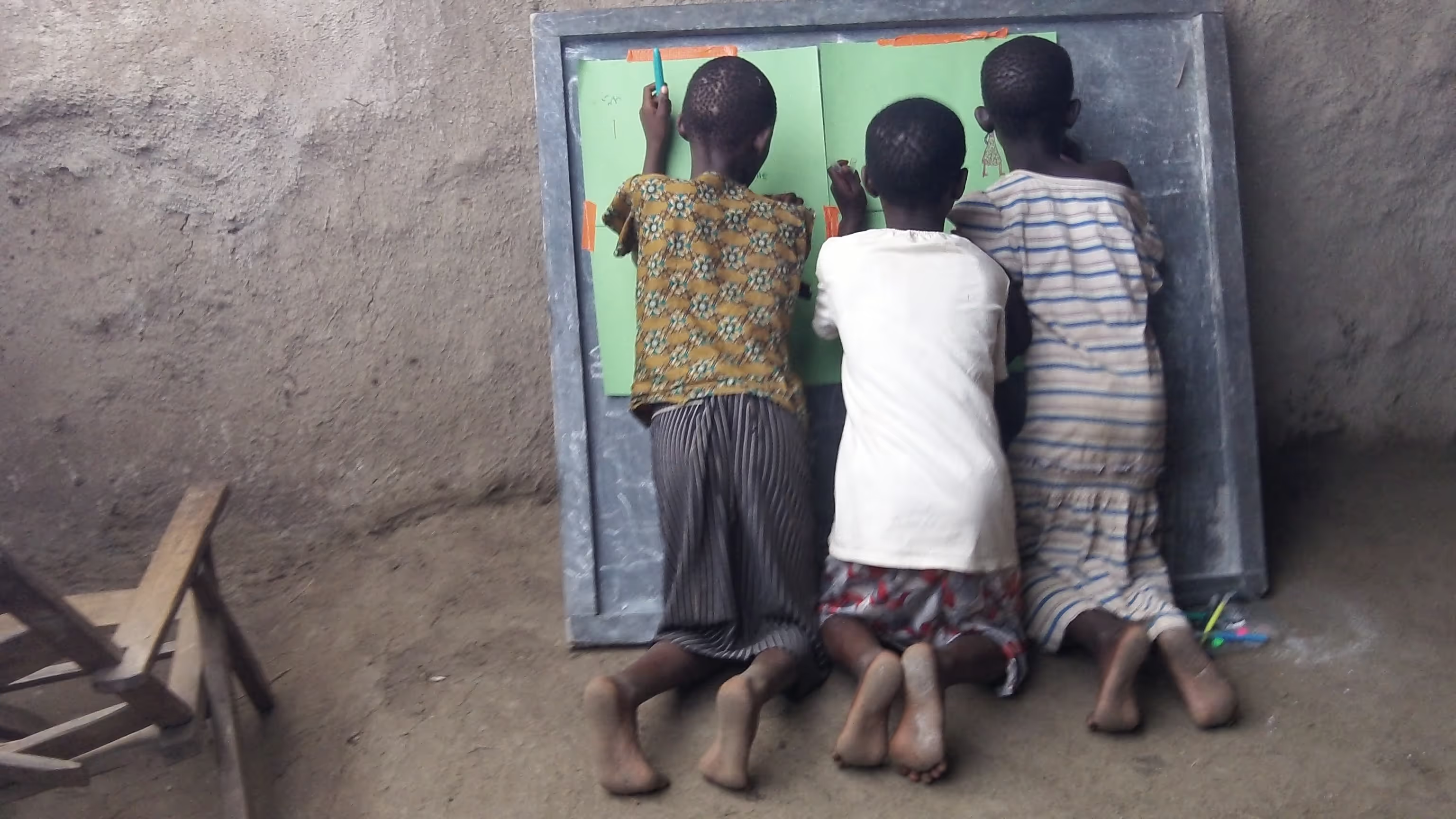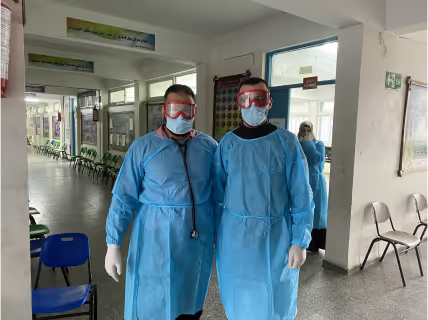Innovation through refugee children’s participation

Project overview
Thinking creatively about child protection in a protracted refugee camp context, this project aims to work with refugee children as innovators in a protracted refugee settlement in Uganda to explore what might constitute a more child-friendly, child specific and participatory refugee protection process for children.
Project solution
This project offers [specific solution or intervention] to tackle [challenge]. By implementing [strategies, tools, or innovations], the project aims to achieve [desired outcomes]. The approach is designed to [specific actions or methods] to bring about meaningful change in [community, region, or issue area].
Expected outcomes
This project aims to achieve [specific outcomes], such as [measurable results, improvements, or changes]. The expected impact includes [benefits to the target community, advancements in research or innovation, or long-term effects]. By the end of the project, we anticipate [specific changes or milestones] that will contribute to [broader goals or objectives].
What is the humanitarian need?
Children (0-18 years) are a significant part of the refugee population world-wide. Almost 50% of UNHCR’s global caseload is children and children represent the majority of many refugee camp populations. UNHCR has a mandate for the protection of refugees and collaborates with organisations such as GIZ and Save the Children to achieve this. However, evaluations and indicators show that, operationally, the mainstream refugee protection process inadequately engages refugee children or addresses their specific protection concerns.
Children face different protection risks, have different protection needs and communicate differently about their protection concerns to adults. Whilst ‘child friendly spaces’ and complaints reporting mechanisms (CRM) for children exist in some refugee camps, the refugee protection process itself is not necessarily participatory or child friendly in practice. The danger is that child participation takes place ‘in a box’ and refugee children do not feel able to participate or voice their concerns throughout the protection process.
What is the innovative solution?
This is an alternative ‘take’ on the refugee protection process from the perspective of children of different ages who have experienced it and suggestions as to how it might work more effectively for refugee children as a whole.
Thinking creatively about child protection in a protracted refugee camp context, this project aims to work with refugee children as innovators in a protracted refugee settlement in Uganda to explore what might constitute a more child-friendly, child specific and participatory refugee protection process for children.
This will be done through participatory workshops with groups of refugee children (aged 6-10 and 11-16) to map out their broad perspectives, as well as focus in on specific points (arrival, registration, best interest determination) and aspects (environment, child/adult interaction, information) of the refugee protection process. Observation of protection interviews with refugee children and interviews with humanitarian practitioners will feed into the innovation process.
Added Value:
- Innovation is not just viewed as adults’ work. Solutions can come from the creative generation of ideas by refugee children themselves. There is added value in children’s perspectives on, experiences of and contributions to the innovation process itself, irrespective of the project focus.
- Whilst Kyaka II is a relatively small refugee settlement, the refugee protection process is broadly common to all refugee camps and camp-like settlements and therefore the learning from the project has much wider application.
WHAT ARE THE EXPECTED OUTCOMES?
- Collated audio and visual data on refugee children’s perspectives on the refugee protection process to communicate to field office in Uganda, project partners, HIF and broader humanitarian community.
- Alternative and age appropriate child-friendly protection process(es) to further develop and explore with refugee children and humanitarian practitioners in alternative settings.
- A tested and reviewed methodology for children’s participation in the innovation process.
Project delivery & updates
Stay up to date with the latest developments from this project. Here, you will find details on what has been delivered, resources created, and regular updates as the project progresses. Access key documents, reports, and other materials to see how the project is making an impact.
